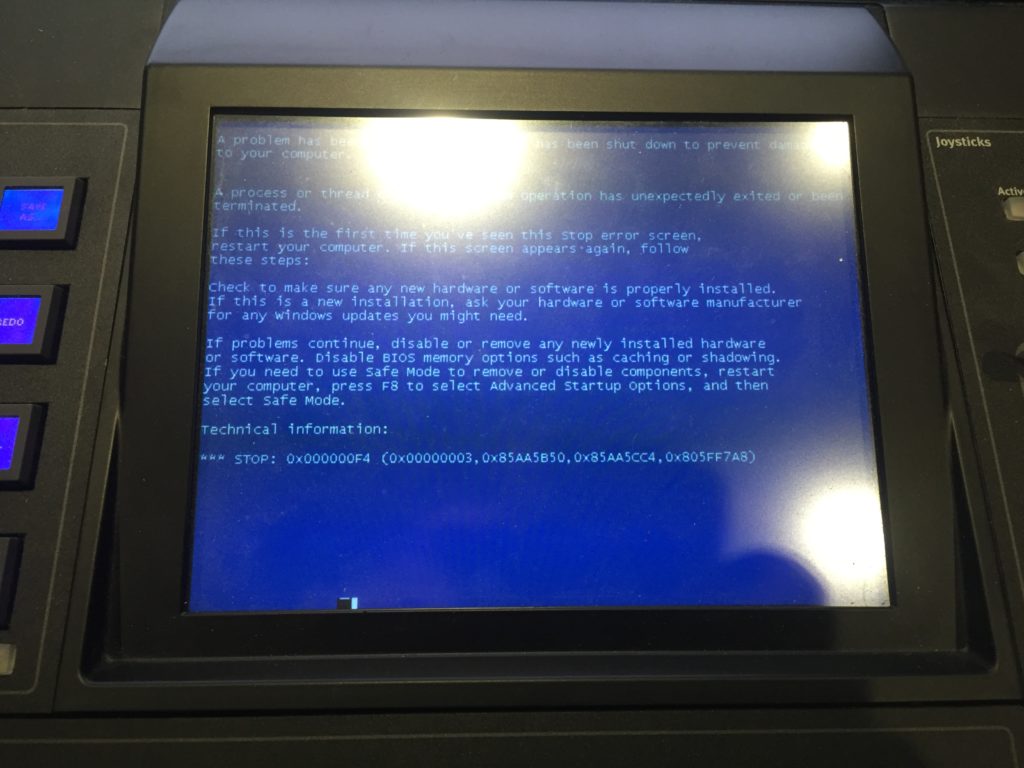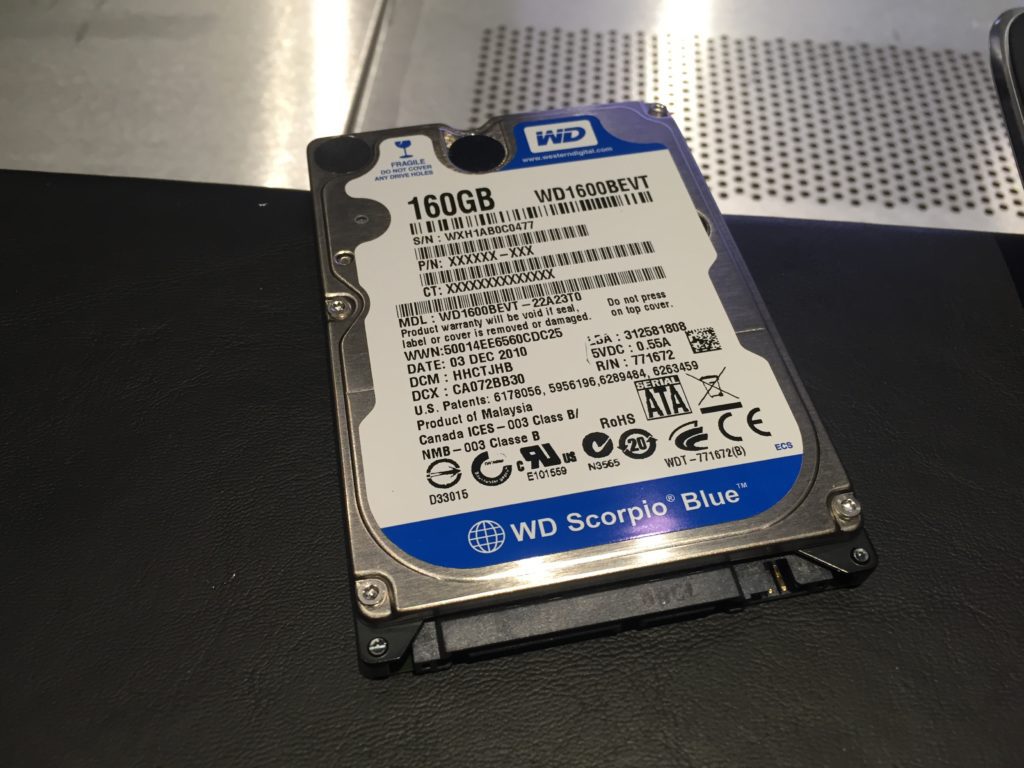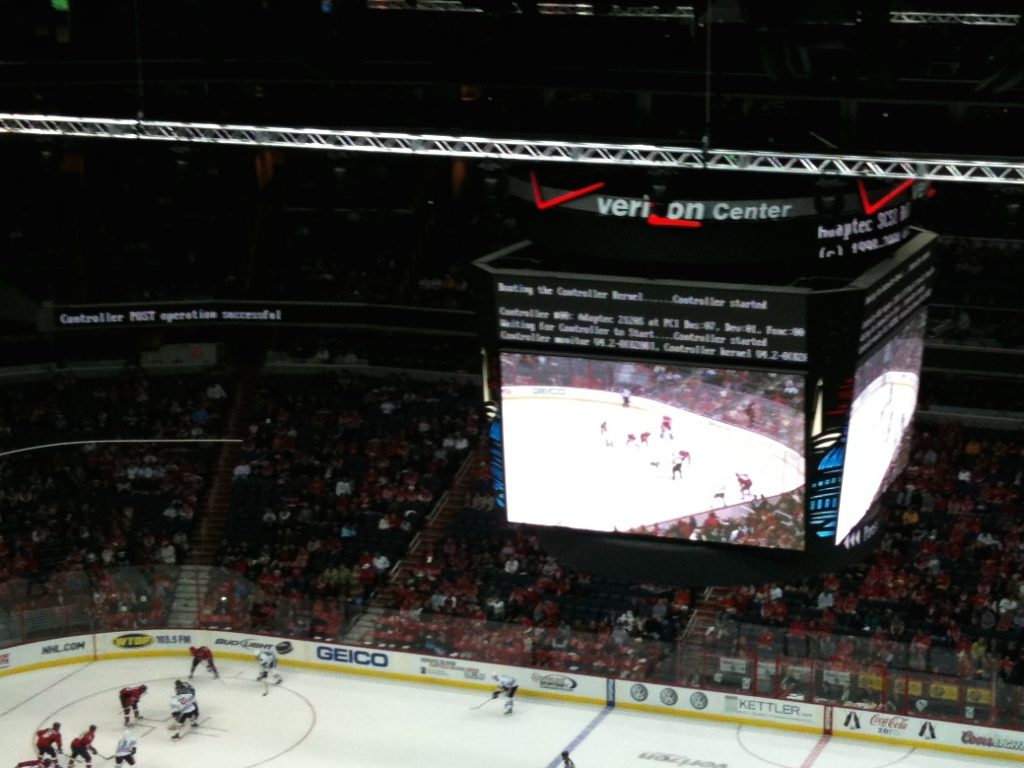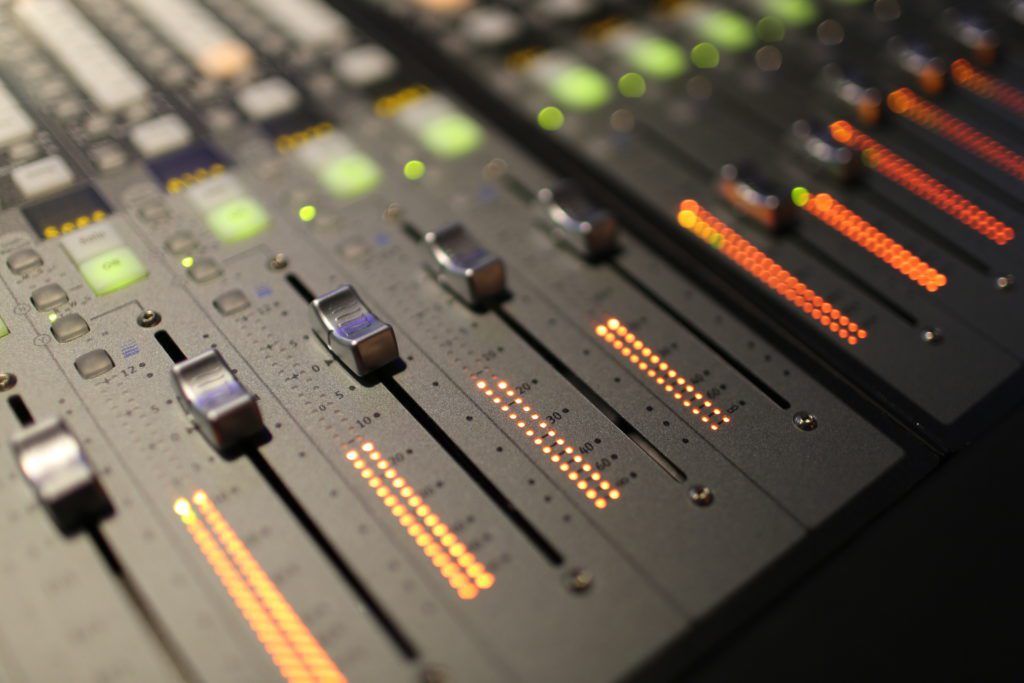Or “that one time when you are suddenly reminded that the studio’s biggest piece of hardware runs on Windows.”
Windows XP, that is.
It being July 4th weekend, things are a little casual around here. I was down in the studio by myself this morning, sitting at our Avid System 5-MC console, doing some pre-production work for a client who will be coming into the studio next week. It being a studio, it is naturally very quiet. This being pre-production work, I didn’t actually have anything playing on the speakers. Just me, alone with my thoughts, in a very quiet room.
That’s when I heard it.
The unmistakable sound of a hard drive in distress. The dreaded “click of death.”
Even if you’re not a technically inclined computer user, if you own a laptop and have ever had a hard drive die on you, you may have experienced this phenomenon. It’s a rhythmic clicking sound emanating from the hard drive, as the hard drive’s read/write head controller tries fruitlessly (and repeatedly) to recover from an error by returning the head to the “home” position on the drive’s surface.
What was weird in this case: #1 there was nary a laptop in sight, and the studio’s computers are out in the hallway, in an isolated machine closet. No way that’s what I’m hearing. The sound seems to be coming from the MC’s center section, which leads to weird thing #2: the console didn’t seem to be particularly upset about it. Emanating from deep within the machine were the sounds of a hard drive in its death throes, and yet it continued chugging merrily on.
[blockquote blockquote_style=”boxed” align=”left” text_align=”right” cite=”” style=””]The dreaded “click of death.”
Even if you’re not a techie, you’ve probably experienced this if you’ve ever had a hard drive die on you.[/blockquote]
One way or the other, I knew the console was about to need brain surgery. Just one problem: while the console’s operating system can be reinstalled from a disk image that Avid provides, there are a handful of preference files stored on the console’s computer that were incredibly time consuming to create and would be a real pain to have to rebuild. The MC has a large array of customizable soft keys, and I have gone pretty nuts making my own key maps for Pro Tools, our studio’s LED lighting system, the video switcher…you name it. Ugh. I should know better, but now I’m in a situation where I’m trying to back up a set of files on a dying hard drive. The console lives on its own, isolated network, so it’s not like I’ve got it dumping files to a Time Capsule or anything like that.
Still, despite all the mechanical sturm-und-drang coming from the console, the console is still running. Maybe it’s not as bad as it seems, I think. Maybe I caught it in time, and I can back up my preference files before the whole thing goes belly-up.
I plug a USB flash drive into the back of the unit. In our studio, this involves lying on one’s back, under the console, often with a flashlight in one’s teeth, trying to find the USB port on the back of the unit. I feel like a grease monkey in a garage, looking for the muffler bracket on a ’79 Pinto.
Back at the console, I gingerly navigate to the console’s file system. That’s when it happens. The Windows® Blue Screen of Death.

The technical term for this in Windows is a “stop error.” In UNIX-based systems such as Mac OS, they are more colorfully known as a “kernel panic.” The computer’s CPU (in this case, the console’s CPU) has internally encountered something so horrible, so terrible, that it simply cannot continue. Something like, say, a hard drive suddenly refusing to cough up any of that data that the computer needs to run. In this case, though, restarting didn’t do any good, as the computer could no longer get any startup or system files from the hard drive.
Crap. Well, looks like those preference files are toast. It also looks like that brain surgery is going to start sooner than I expected. Like, now, since we suddenly don’t have a console.
I lift the center section (the MC-Pro, Avid calls it) out of the frame, turn it over, pull out about 20 screws, and pop the lid off. Inside, I find the source of all that clicking and complaining: a simple, run-of-the-mill laptop drive.

This being 2016, and given that I DO NOT want to have to deal with this again anytime soon, I flirt with the idea of replacing the standard hard drive with an SSD — a solid state drive. With no moving parts, it will hopefully be a little more reliable, and faster. The current drive goes to sleep a lot, and there’s a lot of waiting time as the drive spins back up again as the operating system needs to access something. I suspect the system doesn’t need to read from the drive as often as I would have thought — which would explain why the drive was loudly announcing its imminent departure from this earthly realm and yet the console seemed to be working in a reasonably normal fashion.
A quick check of the Avid discussion boards and I’m fairly satisfied that it’s possible to use a SSD in this unit. The MC runs on Windows XP, which Microsoft no longer supports, much less distributes. So I run out to the store, and pick up an SSD laptop drive.
[blockquote blockquote_style=”boxed” align=”right” text_align=”left” cite=”” style=””]The lesson of this whole adventure: a lot of things run on Windows.
…and that backups are important, no matter where the file system lives.[/blockquote]
Back at the studio, I figure I should at least take a shot at recovering my preference files and key sets off the crashed drive. The prospect of having to recreate them again really doesn’t appeal to me at all. I plug the drive into an external interface, plug it in to my laptop (running OS X, no less), and — lo and behold — I am able to repair the file system and restore the drive! The mechanism seems to have stopped complaining, at least for the moment, and so I quickly copy all the important stuff to my Mac. That way, if this ever happens again, I now AT LEAST have something to fall back on without having to completely start over. The old drive goes on the shelf. Hopefully I won’t need to use it again, but if it has suddenly decided to behave, it’s worth hanging onto.
With the files rescued from the old drive, it’s a pretty straightforward process to reinstall Windows XP and the console’s operating system onto the new SSD. Is this going to work? I finish the install process (about an hour later), reboot the console, and we’re back!
Whew. Disaster averted.
In hindsight, I’m sure I will look back on this and laugh. Maybe not as hard as that one time at Verizon Center a couple years back when the Windows® computer running the scoreboard threw a Blue Screen of Death during a Washington Capitals game. I didn’t manage to get a picture of the helpful “You Need to Restart Your Computer” messages splashed all over the arena, but the restart sequence was pretty funny, too.

Hopefully, they keep a backup. I’d hate to think how long it’d take to re-create THEIR preference files.


